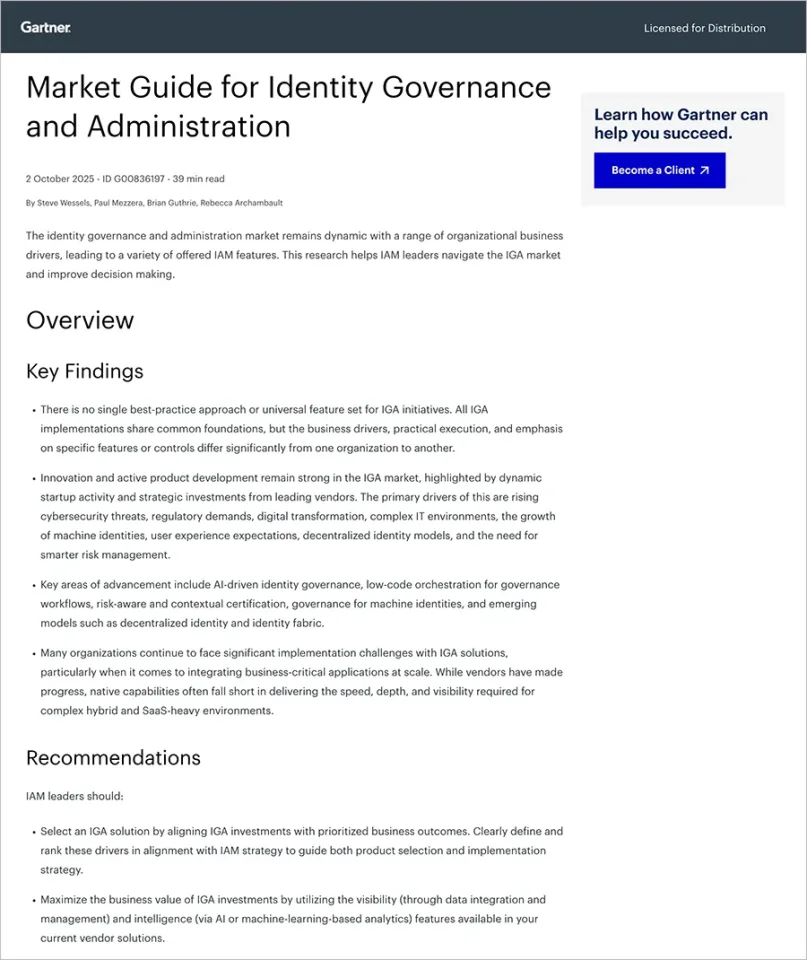In today’s world, where digital transformation has become the norm, businesses worldwide are adopting SAP to simplify their operations and enhance productivity. The advantages of this transformation are clear, but so are the risks. As organizations grow more reliant on SAP systems, the threat of cyberattacks looms larger. Now more than ever, robust cybersecurity isn’t merely an option; it’s an absolute necessity.
The Two Pillars of SAP Cybersecurity: Prevention and Detection
The reality is that SAP cybersecurity isn’t just an IT concern. It’s a top priority for business leaders and management teams alike. Not only does demonstrating robust cybersecurity practices ensure compliance with a growing list of government and industry regulations, but it also builds trust among increasingly discerning customers, partners, and stakeholders.
To guarantee the integrity, confidentiality, and availability of SAP applications and the valuable data they house, companies must adopt a comprehensive, multi-layered cybersecurity approach. This strategy combines two key pillars: preventative and detective controls.
Preventative Controls: Ensure Robust Data Security and Dynamically Control User Access
When it comes to safeguarding your SAP environment, preventative controls play a pivotal role in ensuring the integrity, confidentiality, and availability of critical systems and sensitive data. Let’s explore the various preventative measures you should include in your multi-layered cybersecurity strategy for SAP.
- Role-Based Access Controls (RBAC): RBAC is the foundation of SAP security, ensuring that users only have access to the resources necessary for their roles. By defining and assigning roles based on job responsibilities, organizations can minimize the risk of unauthorized access and data breaches.
- Attribute-Based Access Controls (ABAC): ABAC adds an additional layer of granularity to access control by considering various attributes (user attributes, environmental conditions, IP, object, action, etc.) when granting user access. This dynamic access control approach enables organizations to adapt to changing business needs and enforce more precise access policies.
- Dynamic Data Masking: Dynamic Data Masking protects sensitive information by limiting access to certain data fields based on user roles or permissions. This ensures that even authorized users see only the data they need to perform their tasks, enforcing a least-privilege approach and preventing unintentional exposure of confidential information.
- Data Scrambling: Data scrambling involves encrypting or obfuscating sensitive data to protect it from unauthorized access. This is especially crucial in scenarios where data is in transit or direct access to the database is possible, adding an extra layer of defense against potential attackers looking to exfiltrate sensitive data.
- Data Loss Prevention (DLP): DLP helps prevent the unauthorized transmission of sensitive data outside the SAP environment. By monitoring and controlling data transfers, organizations can mitigate the risk of data leaks and maintain compliance with regulatory requirements, such as GDPR and ITAR.
Preventative controls are your last line of defense against cyber threats, ensuring that unauthorized access is minimized, sensitive data is protected, and compliance with regulatory and data privacy requirements is maintained.
Detective Controls: Proactively Harden Systems and Detect Complex Threats
While preventative controls secure the data layer, detective controls form the initial barrier by actively monitoring and securing your SAP environment. These controls help identify vulnerabilities, secure custom-developed applications, regulate transports, detect threats, and analyze session logs. Let’s review the detective controls that ensure proactive security for your critical business systems.
- Vulnerability Management: Regularly scanning the SAP environment for vulnerabilities is essential to identify and remediate potential weaknesses before they can be exploited. Vulnerability management helps organizations stay ahead of evolving threats, patch exploitable vulnerabilities, and maintain a proactive cybersecurity posture.
- Code Scanning: Performing regular ABAP code scans helps identify security vulnerabilities in custom-developed SAP applications. By addressing these issues early in the development lifecycle, organizations can reduce the risk of introducing security flaws that attackers could exploit.
- Transport Control: Securely managing the transport of changes and data across different SAP systems is crucial to prevent unauthorized modifications and ensure the integrity of the environment. Transport control mechanisms help organizations maintain a secure change management process.
- Threat Detection & Response: Real-time monitoring and threat detection enable organizations to promptly identify suspicious activities, complex threat anomalies, and potential security incidents. With an effective response plan in place, organizations can mitigate the impact of a security breach and prevent further damage.
- Session Logging: Comprehensive session logging tracks user activities within the SAP system, aiding in post-incident analysis, audit trails, and other forensic investigations. This detective control is invaluable for analyzing and understanding the source, scope, and impact of a security incident.
Detective controls are the vigilant eyes and ears of your multi-layered cybersecurity strategy, empowering you to stay ahead of evolving threats, address security vulnerabilities, and respond promptly to suspicious activities, thereby bolstering your SAP cybersecurity.
Comprehensive SAP Cybersecurity: The Pathlock Difference
Most SAP security vendors claim expertise in only one of the above areas, often leaving security gaps for their customers. Fortunately, Pathlock believes that cybersecurity for SAP requires a progressive rethinking of how to successfully safeguard your crown jewels and the systems that house them.
Pathlock’s Cybersecurity Application Controls (CAC) product ensures your organization fortifies your business-critical systems and safeguards the sensitive data layer with preventative and detective cybersecurity controls. No other SAP cybersecurity vendor secures both the application and data layers.
Pathlock empowers customers to leverage preventative and detective controls through five integrated cybersecurity modules:
- Vulnerability Management
- Code Scanning
- Transport Control
- Threat Detection and Response
- Dynamic Access Controls (DAC)
These modules allow CAC to help customers secure sensitive data, harden business-critical applications that store it, and detect/respond to threats.
To see how Pathlock can help your organization establish a multi-layered cybersecurity strategy for SAP with preventative and detective controls, reach out to set up a demo today.



